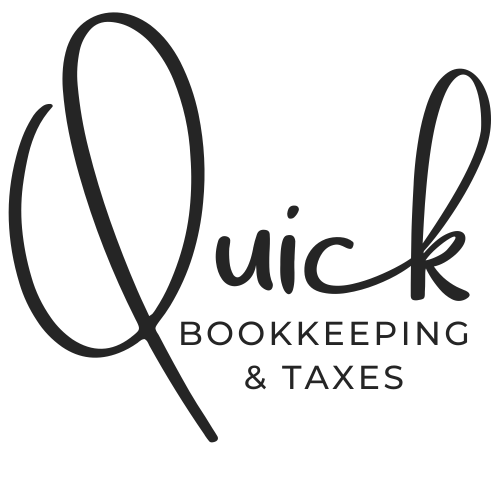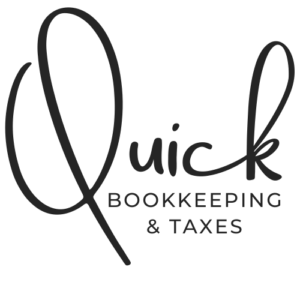Starting a new small business can be an exciting and challenging endeavor, and having a well-structured budget is essential for its success. Whether you’re launching a new online store, a local service-based business, or a specialty product line, creating and consistently maintaining a detailed budget can provide you with the financial visibility and control needed to navigate the early stages of your entrepreneurial journey. Lets walk you through the 7 steps to create and maintain an effective budget for your newly established small business.
Step 1: Identify Your Income Sources
The first step in building your budget is to identify all of your business’s potential income sources. As a newly launched enterprise, your initial income might come from a few key areas, such as:
Example: Jane is starting a small artisanal soap-making business. Her main income sources include:
- Online sales through her e-commerce website
- Craft fair and local market booth sales
- Custom orders from local retail shops
By tracking the anticipated revenue from each of these sources, Jane can get a clear understanding of her projected cash flow.
Step 2: Categorize Your Expenses
Next, you’ll need to categorize your business expenses. Common expense categories for a new small business include:
Example: For Jane’s soap-making business, her expense categories might include:
- Raw materials (oils, butters, essential oils, packaging)
- Equipment and supplies (soap-making tools, molds, labeling supplies)
- Operational expenses (rent for a small studio space, utilities, insurance)
- Marketing and advertising (website hosting, social media ads, promotional materials)
- Professional fees (business licenses, accounting services)
- Miscellaneous expenses (transportation, office supplies, memberships)
Carefully categorizing your expenses will help you identify areas where you can potentially cut costs or streamline spending as your business grows.
Step 3: Estimate Your Expenses
Once you have your expense categories defined, the next step is to estimate the amount you expect to spend in each category on a monthly or quarterly basis. Use your research, supplier quotes, and industry benchmarks to inform your estimates.
Example: Based on her research and initial supplier quotes, Jane estimates the following monthly expenses for her soap-making business:
- Raw materials: $1,500
- Equipment and supplies: $500
- Operational expenses: $800
- Marketing and advertising: $300
- Professional fees: $200
- Miscellaneous expenses: $200
Step 4: Create Your Budget
With your income sources and expense estimates in hand, you can now create your budget. Start by subtracting your total estimated expenses from your total expected income. This will give you a clear picture of your projected net profit or loss.
Example: Jane estimates her monthly income from online sales, craft fairs, and local retail orders to be $3,500. Subtracting her estimated monthly expenses of $3,500, her projected monthly net profit would be $0.
If Jane’s expenses exceed her income, she can identify areas where she can reduce spending or look for opportunities to increase revenue. Adjusting her budget accordingly will help her achieve a balanced or positive net profit.
Step 5: Monitor and Adjust Your Budget
Maintaining a budget is an ongoing process, especially for a new small business. Review your budget regularly (e.g., monthly or quarterly) and compare your actual income and expenses to your projections. Make adjustments as needed to ensure your budget remains accurate and aligned with your business goals.
Example: After the first few months, Jane notices that her actual marketing and advertising costs are higher than her initial estimates. She adjusts her budget to allocate more funds to this category, while reducing her miscellaneous expenses to maintain a balanced net profit.
By regularly monitoring and updating her budget, Jane can stay on top of her finances and make informed decisions about her business operations.
Step 6: Use Budgeting Tools and Software
Leverage budgeting tools and software to streamline the process. Tools like QuickBooks, Xero, or Excel can help you track income and expenses, generate reports, and adjust your budget easily.
Step 7: Plan for Contingencies
Set aside a portion of your budget for unexpected expenses. This contingency fund can help you manage financial surprises without disrupting your business operations.
If you find yourself struggling at any point, don’t hesitate to seek help. Book a consultation with us at www.qbtconsulting.com, We can provide expert advice and ensure your financial records are in order, giving you peace of mind. Also, make sure to stay up to date with latest tax and bookkeeping news on our blog.
The information provided here is for educational purposes only and does not constitute legal, financial, or tax advice. QBT Consulting strongly recommends consulting a qualified professional before taking any actions based on the contents of this post. QBT Consulting assumes no liability for actions taken in reliance on the information provided. Seek expert guidance tailored to your specific circumstances.


